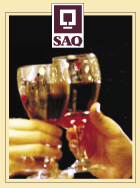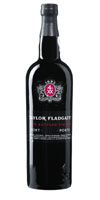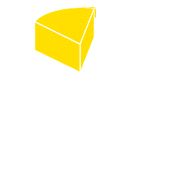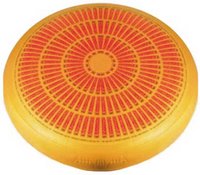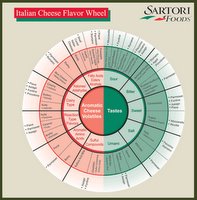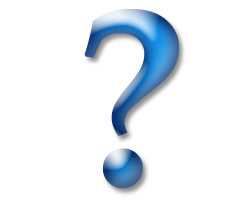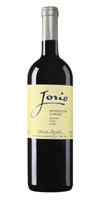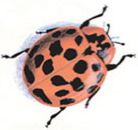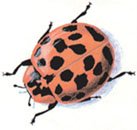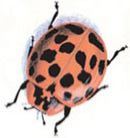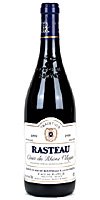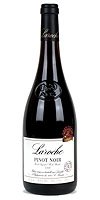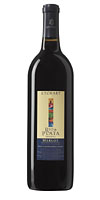Get the groundhog to pick out the wine
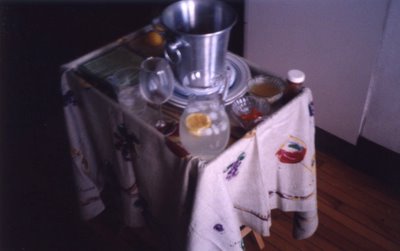
Photo of the day time. What's missing from this photo? Don't say a sharper focus because this is the look I was going for.
I believe I took this picture in summer 2002 as I prepared yet another meal in my kitchen which would be taken out and eaten while perched atop the balcony. There's something magical about wining and dining on Montreal balconies -- the combination of sun, wrought iron, conversation and a nice bottle of vino. It almost can transport you to Paris in springtime.
But as I look at this image I see a gaping black hole in the ice bucket where the bottle should be. That's worrisome. I guess it was still in the fridge at the time. So this photo, one of my favourites, holds something back from the viewer. It's not exactly like this induces a sense of anticipation, like a magnum of champagne about to burst its cork, but rather conveys a cool austerity. A bit like looking out my window right now and seeing the freezing drizzle coat the leafless, lifeless scene. I look at this photo now and think of the groundhog emerging from its blackened hole precisely 45 hours from now. When, oh when, can I give this little summer scene the rosé that it is calling out for?
Doktor Weingolb, like the above bucket, hasn't been holding up many bottles for review lately. That is about to change in February. I have accumulated a stack of notes and will try to review 2 or 3 wines a week. No point in keeping good wine all to yourself.
Which is the other thing missing from today's photo. Friends to share with.


